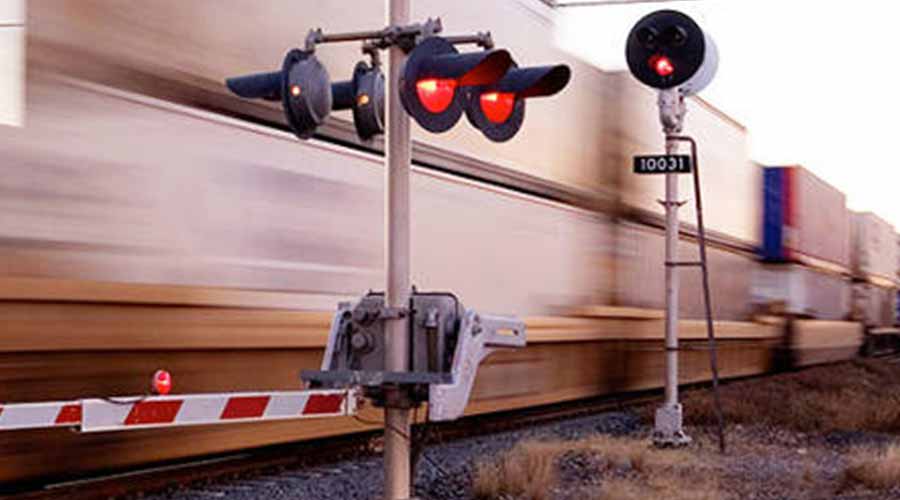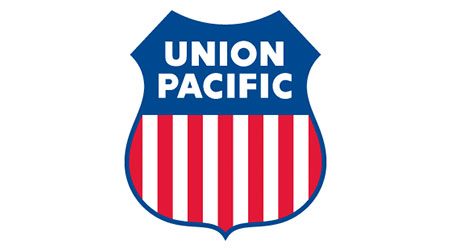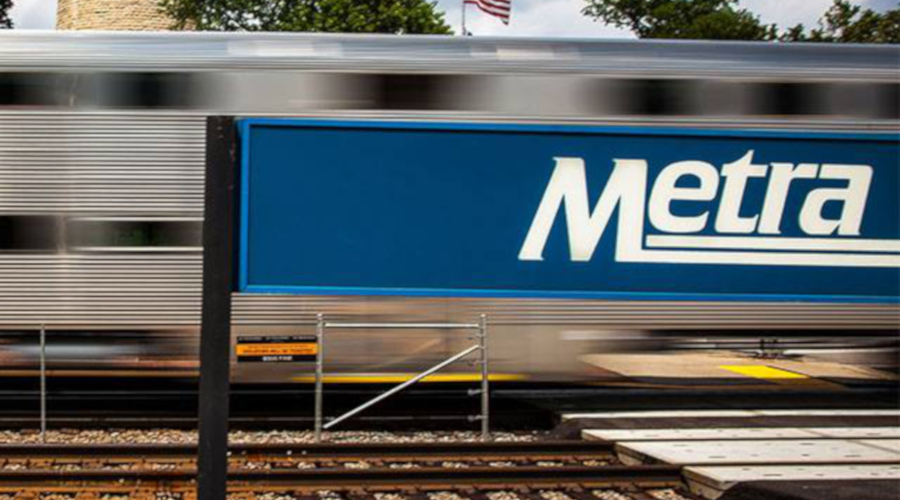Stay updated on news, articles and information for the rail industry
 railPrime
railPrime
7/23/2015
Rail News: Union Pacific Railroad
Decreases in coal demand hampered UP's 2Q earnings, revenue
By Daniel Niepow, Associate Editor
A decrease in demand and overall volumes in several sectors, including a sharp decline in coal traffic, offset the positive impact of core pricing gains in the second quarter, Union Pacific Railroad reported this morning.
The railroad's net income for the quarter fell 3 percent to $1.2 billion versus $1.3 billion in the same quarter last year. Earnings per diluted share decreased to $1.38 from $1.43 in the year-ago period.
Volume fell 6 percent to 2.3 million units as coal traffic plunged 26 percent to 309,000 units, industrial products carloads tumbled 13 percent to 306,000 units and agricultural products volume declined 7 percent to 225,000 units.
Despite several headwinds, the railroad "made meaningful progress by right sizing our resources to current volumes, and I am encouraged to report that we made these improvements while posting strong safety performance," UP President and Chief Executive Officer Lance Fritz said in a statement.
The railroad's operating ratio of 64.1 rose 0.6 points while operating revenue decreased 10 percent to $5.4 billion. By commodity group, coal revenue plummeted 31 percent to $679 million, industrial products revenue fell 14 percent to $970 million, ag products revenue declined 7 percent to $867 million, intermodal revenue decreased 5 percent to $1 billion, chemicals revenue slipped 1 percent to $905 million and automotive revenue inched up 1 percent to $560 million.
Both operating expenses and income fell during the quarter: the latter decreased 11 percent to $1.95 billion, while the former decreased 9 percent to $3.48 billion.


 2025 MOW Spending Report: Passenger-rail programs
2025 MOW Spending Report: Passenger-rail programs
 Gardner steps down as Amtrak CEO
Gardner steps down as Amtrak CEO
 Guest comment: Oliver Wyman’s David Hunt
Guest comment: Oliver Wyman’s David Hunt
 Women of Influence in Rail eBook
Women of Influence in Rail eBook








